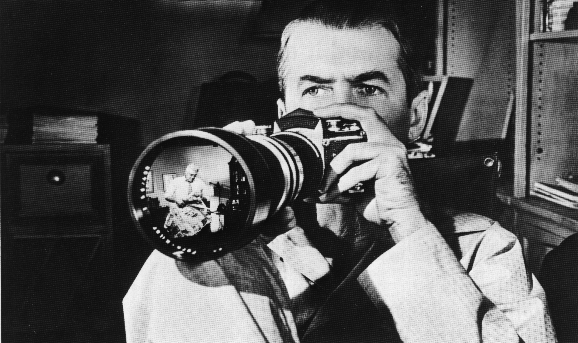And so, I've turned to a brilliant piece of commercial product, the "Save the Boobs!" PSA we watched last week in class. While I agree that there are certainly terrible, misogynistic ads out there, particularly on that site we saw with the terrible D&G gang rape ad—I still like the St. Pauli Girl ad, though—there are also good ones. Sort of (more on that later). In fact, after repeat viewings (don't get any sick ideas—it was with my fiancé, who says, "It's for the right things, it's not just exploitation. If every ad with breasts was about breast cancer, we'd be in a different place.") I've found that there is much to like about this ad. To help give you an idea why, watch the following Making Of spot:
Now consider for a minute the diversity of that spot. Yes, everyone is pretty white, but our protagonist, according to her Facebook, is of Persian, African, and Indian descent. More importantly, though, she's not some androgynous runway Valkyrie but a fully figured woman with curves and jiggles who's a touch on the short side. Is she being lusted after? Yes, but by all types. The waifish models with their dogs gawk, the "sailors," the nerds, the hunks, the babes—this ad speaks to everyone, including lesbians. As Clark alludes to, lesbians, like everyone, appreciate advertising as well. "Lesbians too are consumers," (142) for whom "fashion becomes an assertion of personal freedom as well as political choice" (145). In this ad, Sovani's sexuality is unclear. She is a pretty person with wide appeal. Is it problematic that that is all she is? Well, who is saying that, or even assuming that (I argued as much in my last blog post, that we all gaze). Sovani makes a strong declaration to the contrary on her MTV profile:
I've fought for respect. It's been hard for me to get away from the "Playboy" stereotype. There have been times when I've been judged, and pressured to be "the smart girl" OR "the pretty girl". I'm here to kill the bullsh*t. I want every girl to know she has the ability to be both beautiful AND accomplished.As we saw with the behind-the-scenes clip, Sovani was the creative director, a producer, not a product, of media. She's delivering an honorable message, albeit one perhaps freighted with complexity—yes, the emphasis should be on saving lives, not boobs, but in a culture so saturated with images, we have to fight to get through with what we can. That is why I believe the ultimate take-away is not better advertising but better media education. As the recent, terrible Supreme Court decision on corporate spending in political campaigns proved, it will be almost impossible to stifle "corporate speech," so we would be foolish to try. Instead, we must be sure our children can tell the difference between good ads and bad. (I know I've read articles about how surprisingly savvy kids are in this department but can't find any at the moment.) After all, the related videos that show up on YouTube with the above ad are pretty deplorable. Our kids are bound to watch them. They just have to understand them for what they are, or, really, aren't. The ultimate problem is that there is so much advertising out there that it's all got to be screaming for our attention. It's only going to get worse. We've just got to think about it in a better light.






















